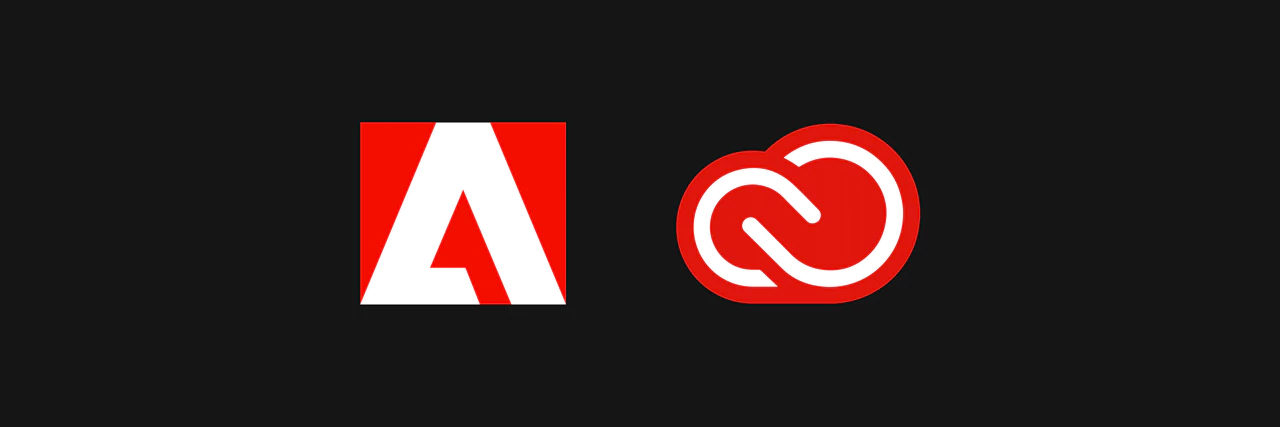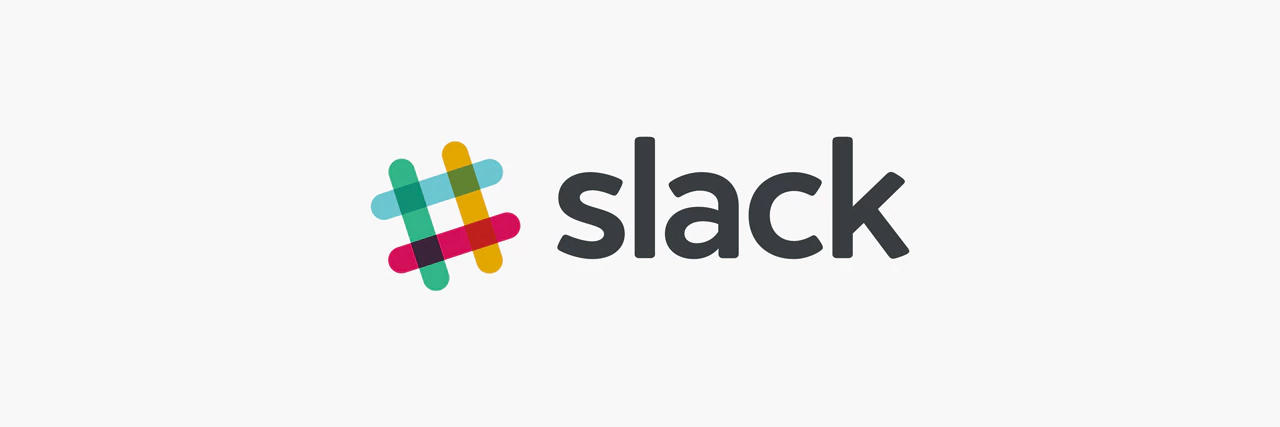14 Essential Software Tools For Your Business

Despite being established for a few years now, Version 22 is still a small business. It’s an aspect of the company that we really enjoy, and are not intent on changing any time soon. It means that we can keep things more personal for our customers and we can invest time on working on new ideas and strategies.
There are however disadvantages to being a small business, and that is the lack of “man-power”. So, we love searching for solutions to fix our everyday problems and to automate our workflow – boosting productivity of our small team a little more every week.
After years of trawling through the latest software and applications, I’ve tried out the latest things to see if they work for us and stuck with them if they did, or moved onto the next if they didn’t. So now, I’d like to introduce a compiled list of essential tools for your business life, Version 22 Approved.
1. Adobe CC

The Adobe Creative Cloud has been an integral part of me creating content for Version 22, whether it’s social media images or packaging design, internal brand guidelines or editing videos.
I am literally using something from this software package every single day. Even when I’m not at work. My top apps from the product range include Photoshop, Illustrator, InDesign, Premiere Pro, Lightroom and Dreamweaver. If you’d like to know a little more about each of these, let me know in the comments and I can write a new post specifically about them!
Adobe CC for Business starts at £59 /mo for all apps, or £25.28 /mo for single apps.
2. G Suite

G Suite is another large set of highly useful products, and it comes at a relatively cheap price tag! Most things are free, but the paid apps are definitely super value for money.
Right now, the team began our relationship with Google when we integrated our emails with their system. For each user, you can set up an email account with your domain address (E.g. @version22.com) for just $5 /mo which gives you access to 30GB email storage, 30 alias addresses, ad-free email browsing, video conferencing on Google Hangout and access to shared calendars. The best bit is your company logo at the top left of the page in place of the Google logo which is super cool.
We also use Google Drive, which is a cloud-based storage system for files that you can share across your company. A bit like having an invisible hard drvie with you wherever you go. Prices again are pretty affordable – we use the 1TB plan for $10 /mo which is plenty of room.
Other apps in the system also include Google Analytics which is an over-powered software that measures website, app, digital and offline data to gain customer insights. Also Docs, Sheets, Slides and Forms which are basically sleek online versions of Microsoft Office, and of course YouTube to share all of our latest video content.
G-Suite for Business starts at $5 /mo per user, and Google Drive starts at $1.99 /mo for 100GB of data storage.
3. Skype

What you may not already know, is that our current team consists of members in different countries and several different locations, and the best way for all of us to easily communicate is through Skype. We strive to have a weekly team video meeting to discuss the week’s goals and the previous week’s achievements.
For this Skype is free to use, but we occassionally use it for business phone calls to suppliers, partners and distributors in different countries as Skype’s calling rates are very affordable.
Skype is free to use for Skype to Skype calls, but has Skype to Phone rates are as low as 1.6p /min.
4. Slack

Slack has been a perfect companion for our team lately – it’s integration with other apps has been life saving! I’m forever getting overwhelmed with notifications buzzing our phones all day every day, and what we’ve done with Slack is turned it into a Version 22-specific notification base. This means we can turn off all other notifications and mute the kinds of notifications we don’t want to appear during our work day.
I developed a social channel where all of our posts from every platform is posted for the team to read as they land, another for social mentions, one for an order feed and so on! We also use channels to drop ideas for later consumption, for example we have one specifically for the 22 Review (the company newsletter) where the team drops in their latest finds so we can hand-pick our favourites for our newsletter on Friday morning.
Slack does have a bunch more uses, but this is what we personally use it for.
Slack is also free to use but offers paid options for more accessiblity and features starting at £5.25 /member /mo.
5. Mailchimp

Although we use G Suite for our emails, I actually use Mailchimp for all of our email campaigns. These include our weekly newsletters and most of our automated threads (such as order notifications and sign-up threads).
There are no words to describe how powerful Mailchimp’s software is, but what I can tell you is that with this lovely piece of kit, you can use it to automate anything you can think of surrounding emails – A/B test, link to your online store to offer customer-specific emails, and provide very informative results on your latest emails.
Mailchimp is free to use but offers paid options for more accessiblity and features starting at $10 /mo.
6. Facebook

As much as we hate to admit it, Facebook is actually another integral part of Version 22. Their ownership of the top most used social networks and apps means that they’re very difficult to avoid, especially for most business owners.
I’m sure you know already, but a business’ Facebook Page is a very important platform for it to connect with its customers, offering the latest news, updates and offers. The same goes for Instagram (which was aquired by Facebook back in 2012).
As well as Google, Facebook actually offers very strong advert space (Google’s largest competitor), which these days is a basic neccessity for growth in a business looking to expand its customer range from a local physical area into the online domain.
Facebook and Instagram are both free to use. Ads through these services cost depending on the size/type of audience, the timeline, and the type of advert.
7. Wunderlist

I’ve tried many many to-do list applications, and none have come close to the level of functionality of Wunderlist. At Version 22, each of our team members has an account, which we share to-do lists with the other members of the company.
Each of our lists comprises of our never-ending agenda, complete with our very own system of importance grading. Each item always contains notes, sub-tasks and links to relevent content so fellow team members can gain a higher level of understanding of the task at hand. You can add deadline dates and even add fellow team members to the task if you need a helping hand!
Wunderlist is completely free, but if you’re looking for more storage for attaching files to tasks, then the Pro plans start at only $4.99 /mo.
8. Teamwork

As a compliment to Wunderlist, we also use Teamwork as a task management system. Although Teamwork offers a very smart system for you to integrate into your business, we actually only use it as a way for our team members to record the time that they’re working on things.
For Version 22, I have created general task lists including items such as postage and packaging, emails, social media marketing etc, and we just log our time as we go, so that we can discuss where our time has been spent at the end of every quarter.
However, Teamwork offers much more including gantt chart creation, messaging, file storage, billing/invoicing and integrations with apps like Google Drive. If you’re a service-based business, you can even invite clients into your projects so they can keep an eye on your work and pitch in with comments and notes on the latest revisions.
Teamwork is free to use but offers paid options for more accessiblity and features starting at $9 /mo.
9. Shipstation

Shipstation is a relatively new find for us, and we have no idea how we didn’t come across it sooner. It’s basically your one-stop-shop for all things fulfilment.
The idea is that you attach all of your selling channels to their API and orders appear automatically in the feed. For sellers, this means there’s no need for checking for new orders on dispatch day in 10 different places – the feed is compatible with most selling channels including WooCommerce, Amazon, Ebay, Etsy, Squarespace, BigCommerce, and many more. You can even setup an XML webpage on a custom site.
The app also manages inventory, warehouses, shipping and dispatch notifications, and custom order sheets for your team and customers. You can also connect your courier accounts so that you can receive up to date shipping rates and print formatted shipping stickers.
The only problem I have with Shipstation is that if you’re selling bundles, you can’t split it into multiple SKUs, but that seems to be a recurring problem in most shipping software.
Shipstation begins at $9 /mo and offers options for more accessiblity and features at higher prices.
10. Xero

After working with a few other small businesses in my past, I’ve been thrown in the deep-end when it comes to finance management. I’ve used a few applications that were mostly messy and complicated, but one I’ve been most comfortable with is Xero – which we use at Version 22.
Again, another powerful software which can basically be your accountant for you. You can use Xero quite comfortably in a team with easy invoicing/bills, expense claims, payroll, inventory management, and multiple financial accounts / multi-currencies.
Xero can take a little while to get used to, but the hard work definitely pays off (literally).
Xero begins at $20 /mo and offers options for more accessiblity and features at higher prices. Some small/medium business accountants will provide free Xero subscriptions as part of their services.
11. Transferwise

Transferwise is one of the cheapest and most easy to use peer-to-peer money transfer services I’ve ever come across. It offers more than 300 currency routes which means you’re more than likely to find a pairing used in your business on the site.
In my eyes, they have been pioneers in the currency transfer market, boasting a sweet mobile app, personal bank accounts (which can be opened in GBP, EUR, USD and/or AUD), and business accounts that can manage an international payroll. It’s been a pleasure to use their service for sending money to pay foreign businesses without having to worry as much about the transfer fees.
Transferwise accounts are totally free. The only charges that apply are from transfer fees.
12. Revolut

Revolut, similar to Transferwise, provide borderless bank accounts for both personal and business users. Set up an account in just a few minutes (no need to walk into a bank and fill out paperwork), confirm your identity, and you’re already set to start taking and making payments.
The reason why I’ve included Revolut as a separate tool in this list is because of their very thorough account system. Transferwise dominates currency transfer, but Revolut beats anyone at the whole personal banking side of things.
Revolut personal accounts offer the ability to spend abroad without any fees, send money for free, get paid wages, monitor your spending, and open a bank account in several currencies. Their whole business model has been about building these accounts from the ground-up, so they’re in the game to change it.
A Personal Revolut account is free, but you can opt for a paid Premium account that comes with some benefits for £6.99 /mo. Revolut Business accounts start at £25 /mo.
13. Freshworks

Freshworks is also a new tool that I’ve recently come across, and we’re loving everything that it offers so far. for small businesses, it’s definitely something to get ahold of soon. So in short, it’s a collection of apps that help you communicate with your customers better.
The set contains CRM software, customer support, a cloud-based call centre, and a website chat software. All the software works with each other, so keeping up with customers and clients is an easy task. We totally recommend Freshchat which we use with our own customers every day – it’s perfect for answering quick questions!
Freshworks offers free trials for their products for 30 days, and then offer a mix of free and paid subscriptions for each service thereafter.
14. Spotify

What better way to get through the day than with music? Spotify is one of the leading music streaming services, where you can listen to any song you can imagine for free. Spotify offers suggested tracks and playlists for you to listen to, podcasts for the latest inspiration, and the ability for you to create your own sets.
You will have to endure the occassional advert every few songs, but you can go ahead and splash out on the Premium package, which gives you access to ad-free music and downloads of songs onto your devices. This is the perfect way for us to help keep our heads down and in the zone during the work day.
Spotify is free to use but offers paid options for more accessiblity and features starting at £9.99 /mo.
I hope you found this blog post informative and useful – my aim here is to put our years of app-foraging to some good use outside of our business. Sharing is caring so please share this post with your colleagues/friends/family. Thank you!


